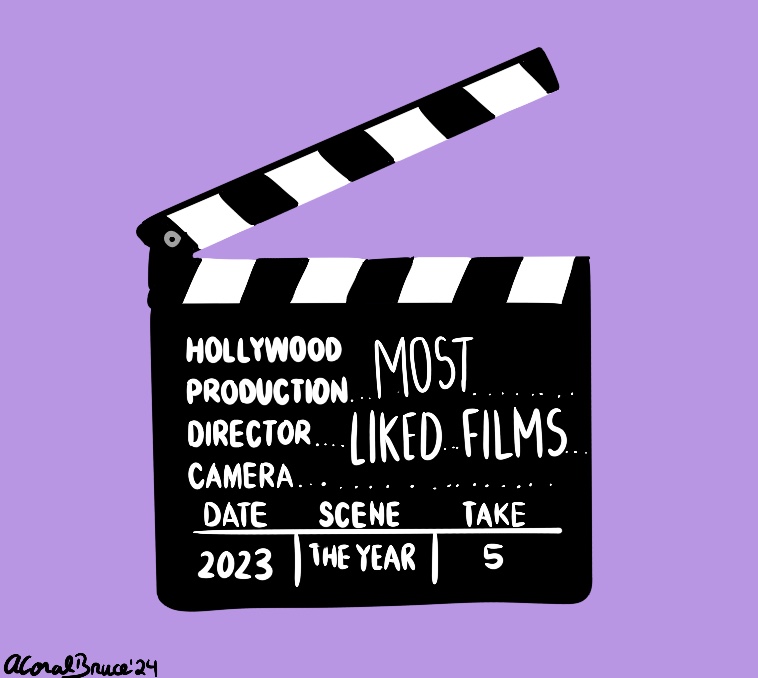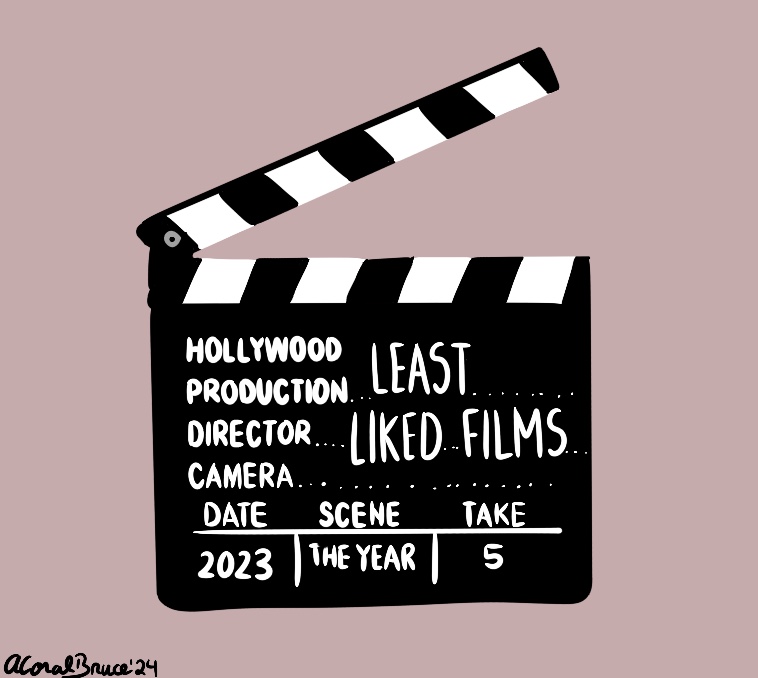Amber McKenna
Dominic Baez
Want to know what everyone you have or haven’t ever met is doing when you aren’t around them? Cue: twitter.com.
If you think Facebook is stalker-ish, just wait until you see Twitter. With Twitter, it is less about staying connected and more about just being connected. The site boasts the ability to keep friends updated about the minute things; and the posts are short—fewer than 140 characters. People can’t post much on their page except a name and a paragraph-long “about me” blurb.
Twitter is also a way for groups, media outlets, companies and celebrities to keep their fans updated on the latest. Word to the wise: If you are nervous about being a creeper, then Twitter is not for you. Instead of “adding someone as a friend,” you literally become one of their “followers.” Someone can follow you without you reciprocating the action and vice versa. More often than not, followers are people you have never met in person.
It may be fun to know your friend just had the best smoothie of his life or to click a link to a hilarious video, but it causes one to wonder: When did we find the need to be constantly connected to everyone, everywhere, at all times?
Only 50 years ago, people had friends, family and co-workers. They would call each other to make plans or write a letter if they desired to tell a long story, but mostly face-to-face meetings were the order of the day.
Today, we pride ourselves on being completely connected, but at what cost? With our e-mail, Facebook, Blackberries and text messages, are we truly connecting with friends and family or just using modern technology as a go-between?
It appears that many young adults have what can be termed as “phone anxiety,” a condition where they will only make an actual phone call to someone, rather than messaging or texting, as a last resort.
Don’t be afraid; use Facebook, Twitter and other social networking outlets as jumping off points and conversation starters, but don’t use them as surrogates for actual human relationships. Getting coffee with a friend is entirely more meaningful than an instant message conversation. And a good old fashioned phone call can be better than a series of vague text messages.
These sites and technologically advanced ways of connecting can be quite useful and helpful in today’s world. But in truth, the number of “friends” you have on Facebook, or “followers” you have on Twitter does not reflect the actual relationships you have with people. (Because who actually has 800 friends?)
Reconnect on a human level, because real relationships are more valuable than any status update or hyperlink.






